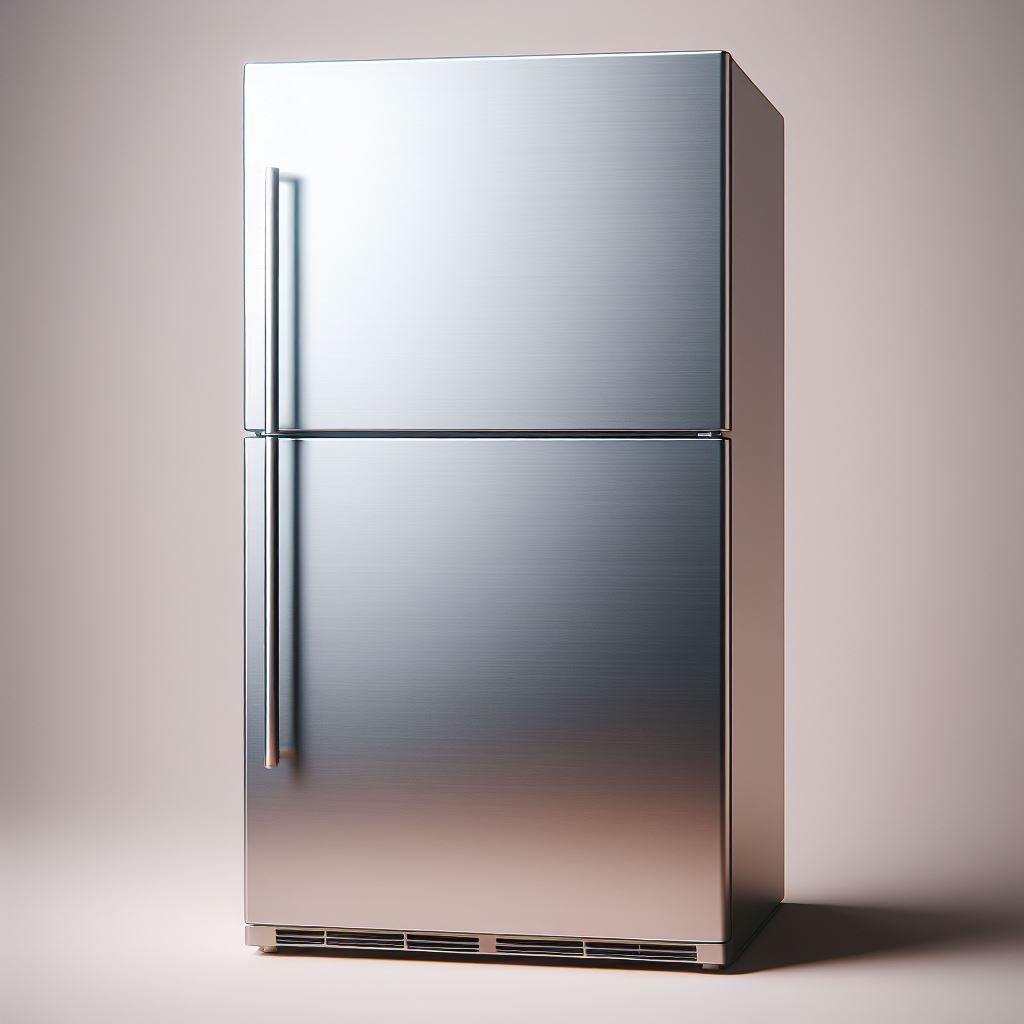Imagine having a refrigerator that doesn’t require electricity or chemicals to keep your food cold and fresh. With just a few simple steps, you can create your own natural refrigerator using basic materials found in nature. This eco-friendly solution is not only cost-effective but also sustainable, allowing you to reduce your carbon footprint while enjoying the benefits of natural refrigeration. Follow along to learn how to make your own natural refrigerator and start enjoying the freshness of your food in a whole new way.
A natural refrigerator is a fantastic alternative to traditional fridges that rely on electricity to function. Not only are natural refrigerators environmentally friendly, but they can also save money on energy bills and lessen your impact on the environment. In this article, we will explore how to make a simple natural refrigerator using basic materials and techniques.
One of the simplest ways to create a natural refrigerator is by using a zeer pot, also known as a pot-in-pot refrigerator. This ingenious design involves two clay pots, one larger and one smaller, placed inside each other with a layer of sand in between. By keeping the sand moist, the water evaporates and creates a cooling effect that keeps the inner pot cool.
To make a zeer pot refrigerator, you will need two clay pots (one larger and one smaller), sand, water, a cloth or towel, and food items to store. Start by filling the bottom of the larger pot with sand, then place the smaller pot inside, ensuring there is enough space for the sand. Fill the gap between the two pots with more sand to secure the smaller pot in place.
Next, wet a cloth or towel with water and cover the top of the smaller pot. This will help keep the sand moist and aid in the cooling process. Place your food items inside the smaller pot, cover with a cloth, and put the setup in a cool, shaded area.
The zeer pot refrigerator works on the principle of evaporative cooling, with the water in the sand evaporating and drawing heat from the inner pot to keep it cool. Make sure to add water regularly to keep the sand moist and maintain the cooling effect. By following these steps, you can create a natural refrigerator that keeps your food fresh without electricity.
Aside from the zeer pot refrigerator, there are other natural cooling methods to keep food fresh. Root cellars, for example, are underground storage spaces that maintain a cool temperature, perfect for storing perishable items. Evaporative coolers, like the pot-in-pot system, can also keep food cool in hot climates.
In conclusion, making a natural refrigerator is a simple and effective way to reduce energy usage and lower your carbon footprint. By using basic materials and techniques, you can create a sustainable cooling solution that is cost-effective and environmentally friendly. Give it a try and experience the benefits of a natural refrigerator for yourself!
1. How can I make a natural refrigerator at home?
You can make a natural refrigerator by digging a hole in the ground, lining it with a layer of straw or hay, placing your perishable items inside, and covering it with more straw or hay to insulate it.
2. What items can I store in a natural refrigerator?
You can store items such as fruits, vegetables, dairy products, and beverages in a natural refrigerator. Just make sure to check on them regularly to ensure they are still fresh.
3. How long can I store food in a natural refrigerator?
The length of time you can store food in a natural refrigerator will depend on the temperature outside and how well insulated the storage area is. Generally, perishable items can be stored for a few days to a week in a natural refrigerator. Make sure to use your senses to check for spoilage before consuming any stored food.
